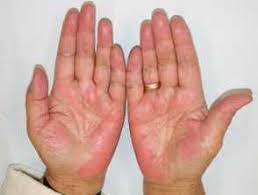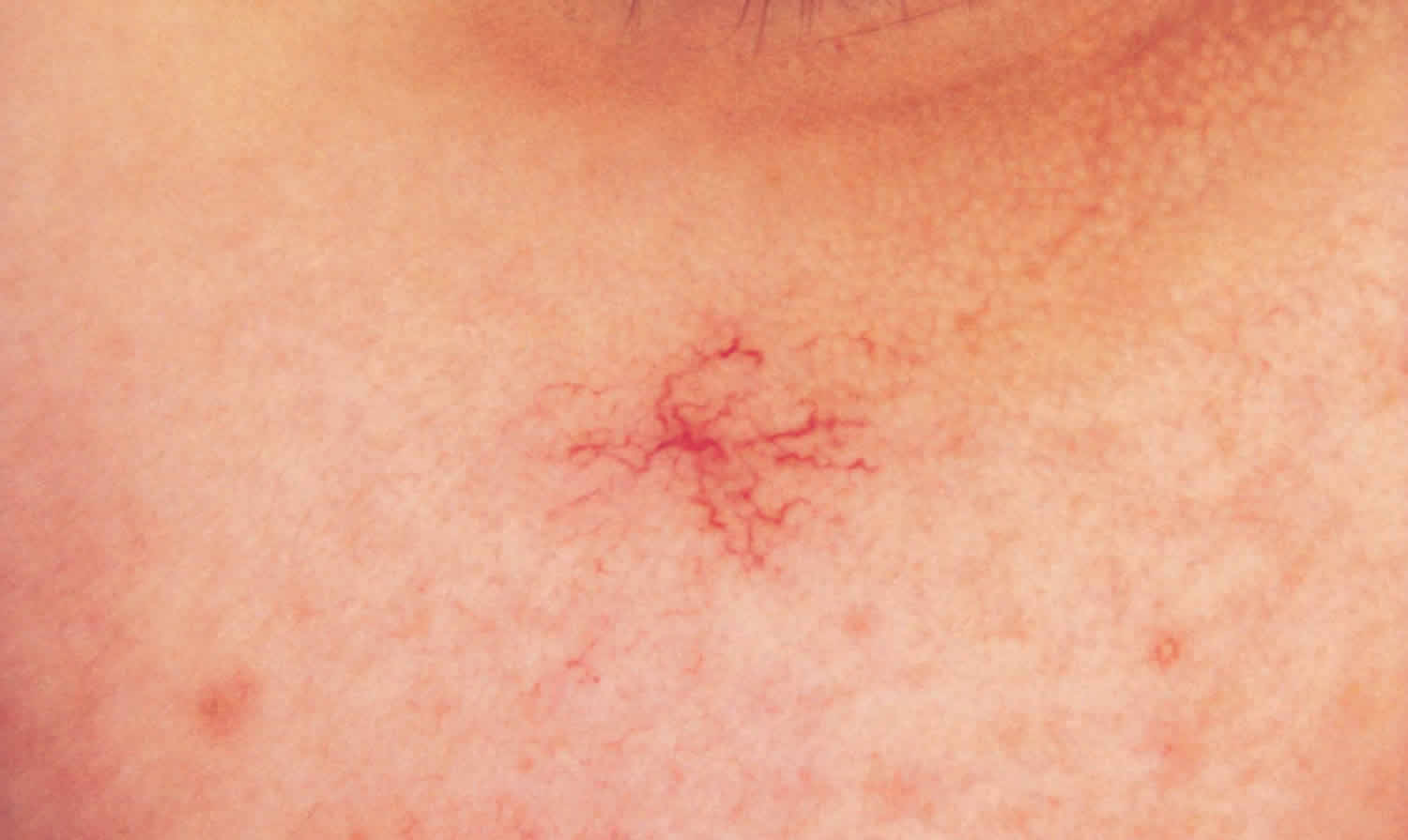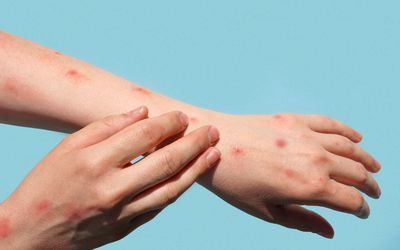12 Signs alcoholic cirrhosis of the liver.
12 Signs alcoholic cirrhosis of the liver.
In patients with cirrhosis, spider angioma and palmar erythema both arise from hyperestrinism due to impaired hepatic metabolism of circulating estrogens, a process that begins in the cytochrome P450 system. Circulating estrogens affect vascular wall dilation. Spider angioma consists of a central, dilated arteriole surrounded by smaller radiating vessels. Palmar erythema is a result of increased normal speckling of the palm due to increased vasodilation, especially at the thenar and hypothenar eminences. Other manifestations of hyperestrinism in patients with cirrhosis include gynecomastia, testicular atrophy, and decreased body hair in males.
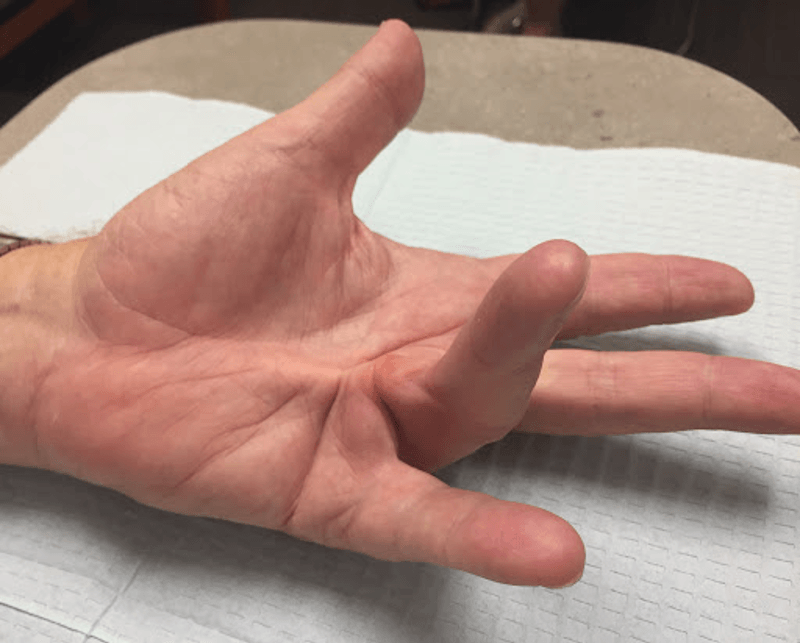
Dupuytren contracture occurs when the palmar fascia thickens and shortens, deforming the hand. It is usually most notable initially in the fourth and fifth digits and occurs due to fibroblast proliferation and collagen deposition, which are likely worsened by oxidative stress from increased free radical productionaragraph
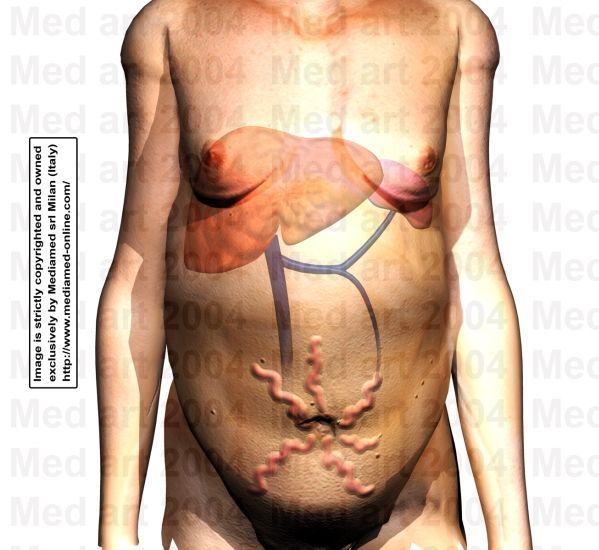
Caput medusae arise from the dilation of superficial veins on the abdominal wall due to portal hypertension (PH). PH results from increased resistance to portal flow at the sinusoids and leads to increased pressure at the portosystemic collateral veins in the anterior abdomen, rectum, and distal esophagus. This then predisposes to esophageal varices, rectal varices, and caput medusae. Similal1y, PH causes enlargement of the spleen (which drains into the portal vein via the splenic vein) due to vascular congestion

The liver is the primary site of protein synthesis, and the cirrhotic liver typically produces insufiicient amounts of proteins, including albumin. Hypoalbuminemia leads to both a decrease in the intravascular oncotic pressure and fluid shifts to the extravascular space, predisposing to edema of the lower extremities.

